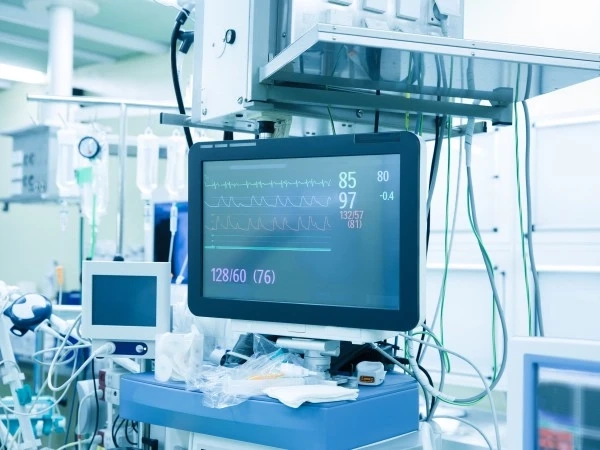Regulatory Compliance is Key
Medical devices require stringent testing and safety certification before being introduced to the marketplace. Regulatory compliance with standards set by agencies such as the U.S. Food and Drug Administration (FDA) is crucial from prototype testing all the way through post-market surveillance. Products must undergo biocompatibility, sterilization, and performance testing to verify they will function as intended and will not cause harm to patients. Failure to comply with regulations can result in costly product recalls and legal issues for manufacturers.
Pre-Clinical Testing
The first phase of testing involves bench or laboratory testing to evaluate safety and effectiveness. Pre-clinical testing is conducted using animal and bench models to mimic the intended use environment for a medical device. Tests examine issues like material toxicity, mechanical durability, and whether the device performs as designed. Data is collected on device functionality, potential failure modes and effects. This phase helps reduce risks before moving to clinical trials with human subjects. Any issues identified can be addressed in design modifications before human use.
Clinical Investigations and Trials
If pre-clinical testing is successful, clinical investigations with human subjects can begin. Clinical trials allow medical devices testing and certification on patients in real-world healthcare settings to further evaluate performance and safety. Trials collect additional data on risks, potential adverse events and how well the device meets clinical needs. Multiple phases of clinical investigations may be required with increasing numbers of patients. Trials follow scientific and ethical principles to protect participants. Independent review boards must approve clinical trial protocols and informed consent is required from all participants.
Application Review Process
Upon completion of clinical trials, manufacturers submit applications for marketing clearance or approval to regulatory agencies. In the U.S., the FDA classifies devices and determines the type of application required based on risk. For lower risk devices, a 510(k) premarket notification demonstrates substantial equivalence to a legally marketed predicate device. Higher risk devices require a more rigorous premarket approval (PMA) application with clinical data. Agencies conduct an in-depth scientific review of applications and may request additional information before decisions are made. The overall review process can take 6-12 months for 510(k) submissions or 1-2 years for a PMA.
Ongoing Surveillance and Post-Market Requirements
Even after receiving marketing authorization, regulatory oversight does not end. Manufacturers must report adverse events and continue monitoring device performance after products enter clinical use. Annual reports provide updates on product issues and performance enhancements. Selected devices may require specific post-market studies like 522 studies to evaluate long term outcomes. The FDA conducts periodic facility inspections to ensure ongoing compliance with quality system regulations. Strong post-market surveillance helps quickly identify and address any new safety concerns that emerge after widespread use. This ongoing review ensures patients continue to receive safe, effective medical technology.
Quality Management System Certification
Maintaining a robust quality management system is a critical component of the development and commercialization of medical devices. Certification to international management standards like ISO 13485 documents that quality processes have been established and are being followed by an organization. Certification audits examine design controls, document management, corrective/preventive action handling and other quality system elements. This provides regulators confidence that products will be consistently developed according to prescribed methods with a focus on quality and reduced risks. Certification must be maintained through ongoing surveillance audits to uphold the organization\'s certified status.
Conclusion
The regulatory pathways, clinical studies, certification requirements and ongoing surveillance described help ensure new medical technologies provide promised benefits while protecting patient safety. Following standards at each stage of the total product lifecycle enhances quality and lowers the risks involved in developing innovative medical devices. Though regulations add time and costs to development, the process ultimately delivers greater confidence for healthcare providers and patients in the technologies relied upon for diagnosis and treatment. Medical device testing and certification remain essential functions protecting public health by helping advance new cures in a prudent manner.
Navigating Regulatory Landscapes: Key Considerations for Medical Device Testing



